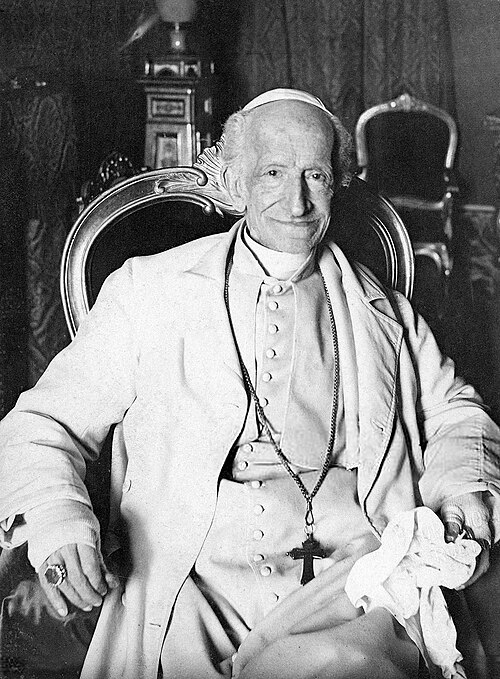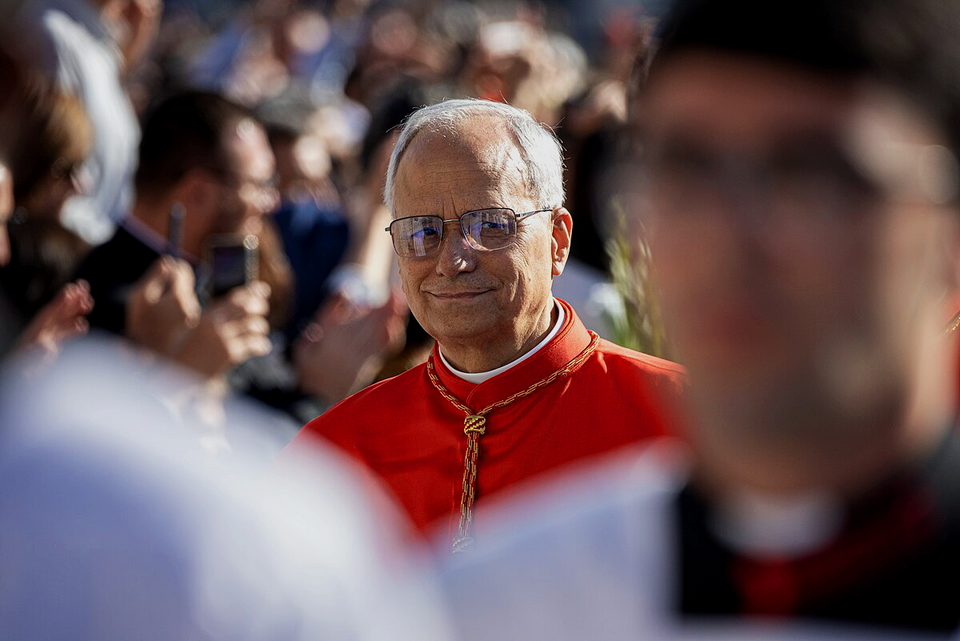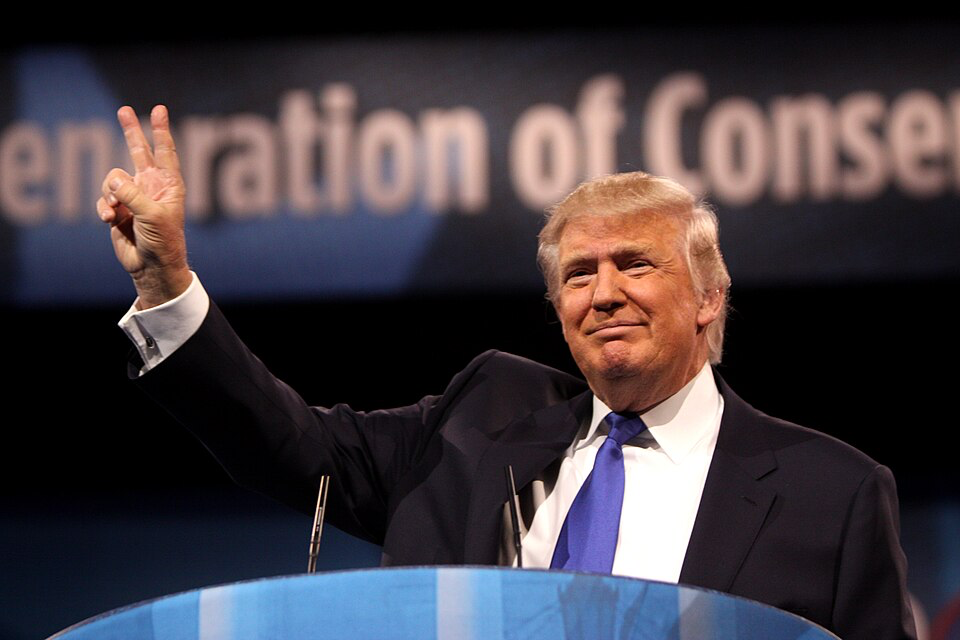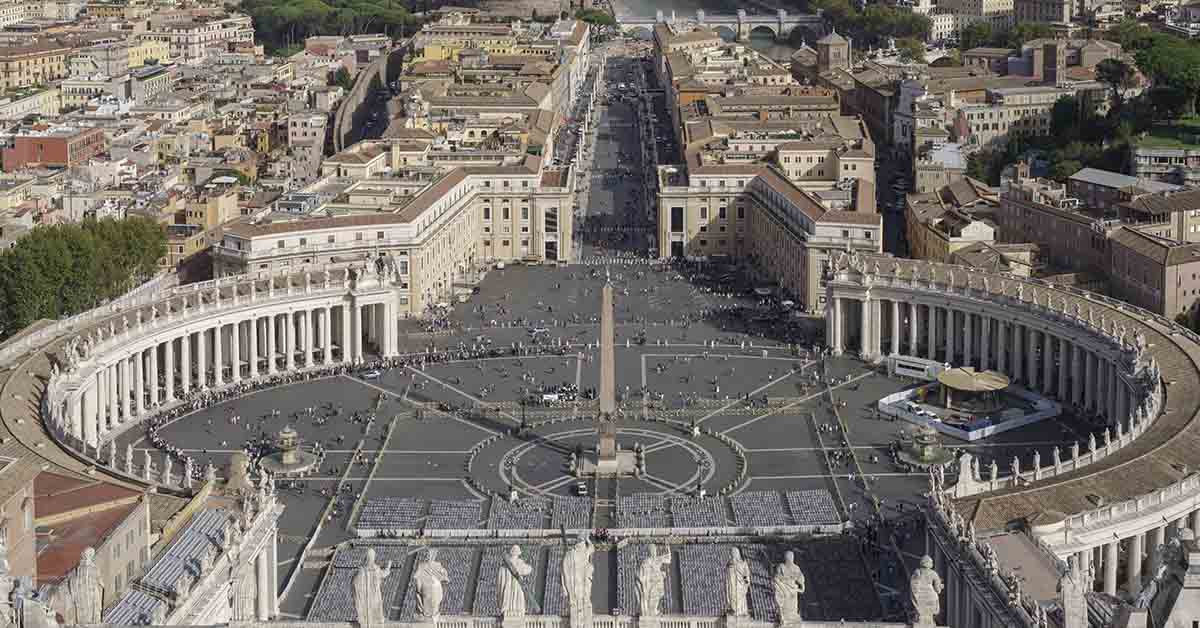The Catholic world just witnessed something incredible. For the first time, an American Pope will lead the Catholic Church. Robert Prevost from Chicago stepped onto the Vatican balcony on May 8, 2025, as Pope Leo XIV, making history as the first U.S. citizen to wear the papal crown. He shattered centuries of tradition in a single moment. But here’s the thing. Not everyone celebrates this milestone. Many members of the faith cheer this historic selection, while others express serious concerns.
Who Is This New American Pope, Anyway?
Born in Chicago back in 1955, Robert Prevost charted an unexpected path to the Vatican. He studied math at Villanova University before the priesthood called him to service. He spent two decades serving as a missionary in Peru, where he embraced the culture, built a life, and eventually became a Peruvian citizen. Before cardinals elected him as pope, he managed a top Vatican position that Pope Francis personallyselected for him.

Why did he choose “Leo” as his papal name? He selected this name to honor Pope Leo XIII, who championed workers’ rights and social justice in his teachings. When he steps away from papal duties, he enjoys tennis, roots for the Chicago White Sox, and solves Wordle puzzles.
Why the American Pope Has Trump’s Base on Edge
Now that his background is clear, let’s look at why some are uneasy about the new pope. After his election, Trump supporters dug through Pope Leo’s old social media posts and didn’t like what they found. Before taking the papacy, Cardinal Prevost had openly criticized Trump’s immigration policies, especially the separation of families at the border.
Conservative commentator Charlie Kirk called out his past posts on immigration. Far-right pundit Laura Loomer went further, calling Pope Leo “just another Marxist puppet in the Vatican.” Critics worry he will continue in the footsteps of Pope Francis, who frequently clashed with Trump on immigration and climate change. They use the word “woke” to suggest that Pope Leo is more concerned with progressive causes than withtraditional Church teachings.
Why does this matter? Voters from the Church make up about one in five Americans and carry huge political influence. Many supported Trump in 2024, creating tension between their political loyalties and the direction set by the American Pope.
Why Other Catholics Are Breaking Out the Champagne
Many Catholics are celebrating Pope Leo’s election. They see him as someone who will continue Francis’s focus on helping the poor, welcoming immigrants, and protecting the environment. Supporters reject the “woke” label. They argue that Pope Leo’s views on immigration and poverty reflect Jesus’s command to love your neighbor. Earlier this year, Cardinal Prevost challenged Vice President Vance’s claim that Christians should love their own country more than others. For him, Christian love is not selective.

By choosing the name “Leo,” he shows his commitment to Catholic teachings that focus on helping those in need. Supporters see it not as a political move, but as a reminder of the core Christian values of compassion. This defense of the American Pope highlights the divide between progressive and traditional Catholic viewpoints.
Can This Pope Build Bridges in a Divided Church?
Pope Leo’s first speech revealed his plan to unite a divided Church. From St. Peter’s Basilica’s balcony, he delivered a warm message of peace and unity.
“Peace be with you all!” he said, wishing this peace to reach “all people, wherever they are.” By speaking Italian and Spanish instead of English, he signaled his global focus beyond his American origins. He called for everyone to build bridges through dialogue, urging unity as “one people always in peace.” Quoting Saint Augustine, he emphasized creating a welcoming, missionary Church.
The crowd responded enthusiastically to this historic moment: the first Pope with deep Latin American ties. His unique background as a Bishop in Peru and a Vatican official gives him a perspective on both developed and developing worlds. In just fifteen minutes, Pope Leo outlined his vision: a Church that finds common ground while honoring both its missionary calling and traditions.
Trump’s Surprising Reaction to the American Pope
Despite the uproar from some supporters, President Trump welcomes the new pope warmly. On social media, Trump congratulated the new pope and expressed pride that an American had been chosen, calling it “a Great Honor for our Country.“

Trump views the new pope as a point of national pride, setting aside political differences. He mentions the Vatican hasalready contacted him about arranging a meeting. But will this cordial relationship last? Experts predict that Trump and Pope Leo will clash directly on key issues like immigration, human rights, and environmental protection. This creates a challenging situation for Catholic voters who support Trump. How do you balance loyalty to your president with respect for your pope when they disagree fundamentally on core values?
What This Means for American Catholics
This historic moment transforms American Catholicism. For the first time, American Catholics see someone from their homeland leading their global church of 1.4 billion people. This moment invites the faithful to reconsider how faith connects to politics. Can they find common ground despite differences? Will Pope Leo’s American roots help him address unique U.S. Catholic challenges? As he addresses divisions among American Catholics, he must uphold Church teaching while uniting people. His message of unity comes at a crucial time for both the Church and the nation. In our fractured world, we need leaders like Pope Leo who understand both sides.

